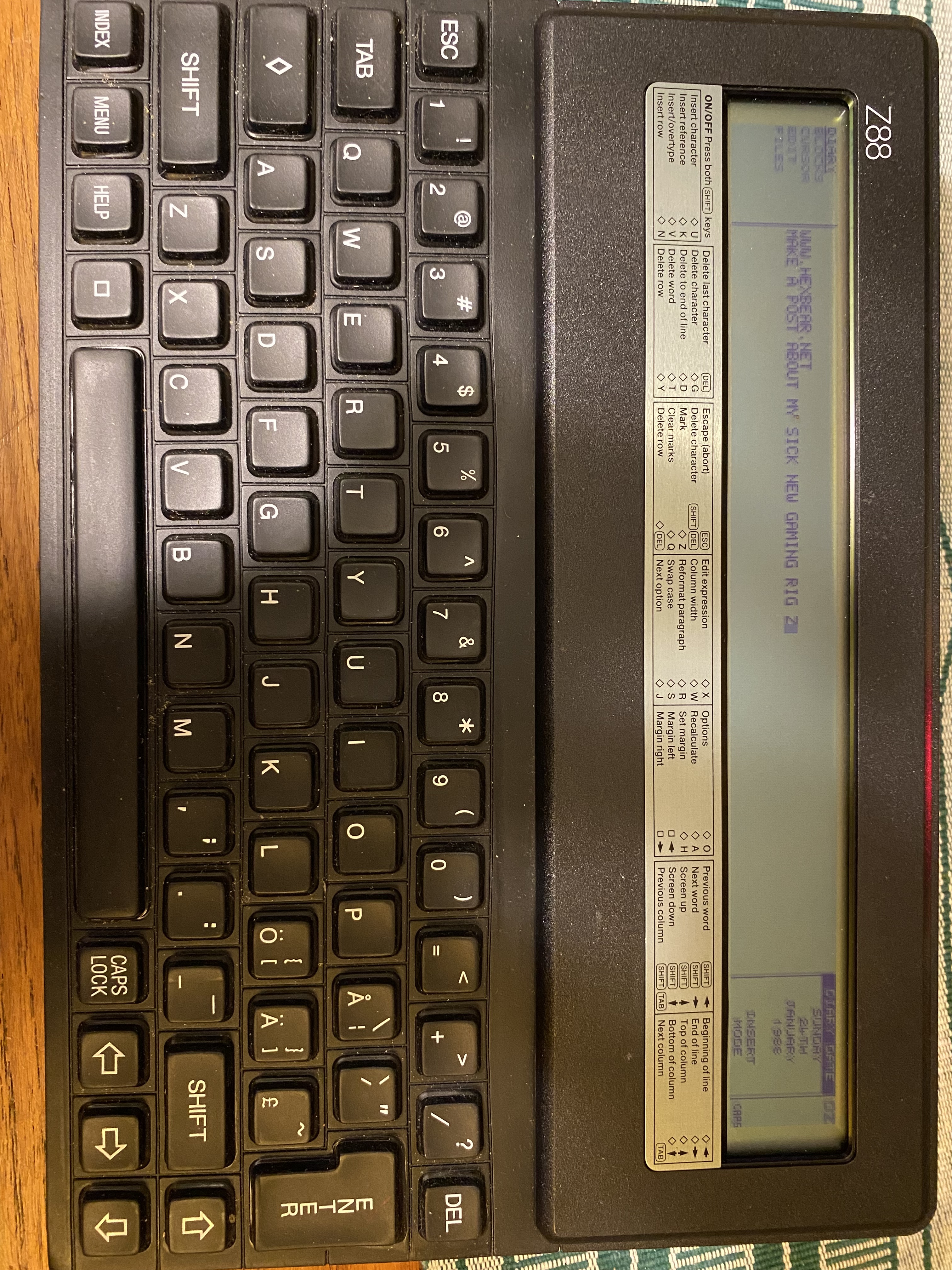this post was submitted on 04 Jan 2025
88 points (97.8% liked)
technology
24061 readers
305 users here now
On the road to fully automated luxury gay space communism.
Spreading Linux propaganda since 2020
- Ways to run Microsoft/Adobe and more on Linux
- The Ultimate FOSS Guide For Android
- Great libre software on Windows
- Hey you, the lib still using Chrome. Read this post!
Rules:
- 1. Obviously abide by the sitewide code of conduct. Bigotry will be met with an immediate ban
- 2. This community is about technology. Offtopic is permitted as long as it is kept in the comment sections
- 3. Although this is not /c/libre, FOSS related posting is tolerated, and even welcome in the case of effort posts
- 4. We believe technology should be liberating. As such, avoid promoting proprietary and/or bourgeois technology
- 5. Explanatory posts to correct the potential mistakes a comrade made in a post of their own are allowed, as long as they remain respectful
- 6. No crypto (Bitcoin, NFT, etc.) speculation, unless it is purely informative and not too cringe
- 7. Absolutely no tech bro shit. If you have a good opinion of Silicon Valley billionaires please manifest yourself so we can ban you.
founded 5 years ago
MODERATORS
you are viewing a single comment's thread
view the rest of the comments
view the rest of the comments

Oh wow, what a blast from the past!
I worked on this device for a summer holiday job.
It had BBC BASIC and as it was Z80 based had an inbuilt assembly language compiler.
When was this?
Also, I really know next to nothing about this machine, so a lot of what you said went over my head, but it is absolutely fascinating that just popping four new AA batteries into a device that has spent 35 or so years in a dusty storage unit just worked.
This was in the summer of 1988 and the company was on the east side of Cambridge (UK). It was Clive Sinclair's new outfit after he'd sold the previous stuff to Amstrad. I think the new company was called Cambridge Computer Ltd.
I just had a holiday job doing testing of the OS it ran.
I think it has three slots at the front that can take a memory expansion. The memory being an EEPROM, maybe as large as 128Kb. Erasing them was done using a UV lamp (in a box).
It was a good bit of kit, but the screen space was too small to be of much use and it was overrun by the PC explosion that was coming.
It does indeed have three slots for memory expansion at the front. Two of them are in use on this one, one 128k RAM and one 32k EPROM. If there is a UV light to erase them it has been lost.
The UV light box was a separate device and not part of the Z88 itself.
you'd put the EPROM devices in it and let them cook for 20 minutes or so to clean them of previous data written to them.
did you actually write z80 assembly on it??
Yes, but only to test it was functional.
It was just so cool that it had this built in and I guess it could be used to write a bit of code that could run and do some processing in Z80 whilst other bits could be in BASIC which was easier to use.